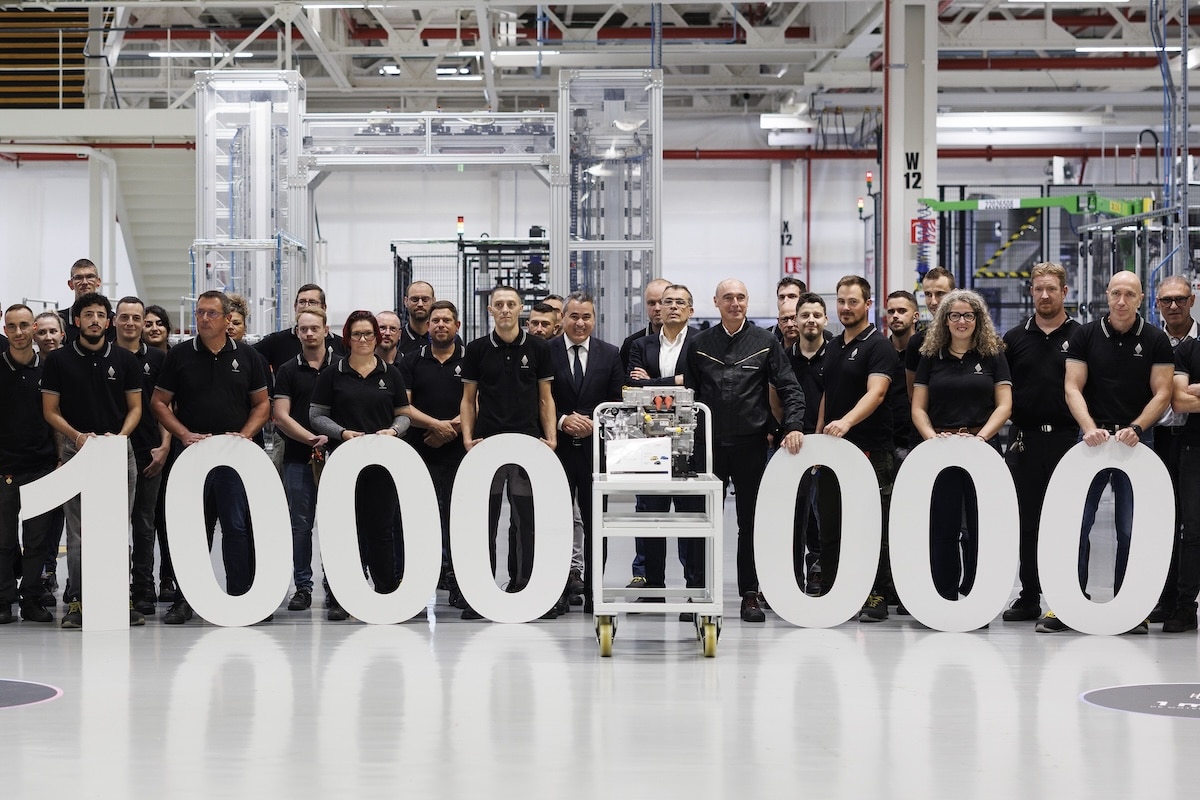Stellantis scaled back, Renault produces its millionth electric engine

Renault, through its branch Ampère, celebrates its millionth electric motor produced in Cléon, a symbol of French competitiveness.
The contrast is striking. On one side, Stellantis puts its factories on technical unemployment for several weeks, failing to anticipate the rise in demand for electric vehicles, trapped by aging platforms and hesitant launches. On the other, Renault, which has often been mocked for its past missteps (Fluence, Zoe, Twizy), now capitalizes on early experience and an industrial organization rethought around Ampere. Cléon stands as its symbol: a site that, instead of scaling back, is expanding, digitizing, and diversifying.
The Renault group, through its subsidiary Ampere, has just announced a significant symbolic and industrial milestone: the millionth electric motor produced in Cléon, and the launch of a new line dedicated to the 7DL twin motor, the future beating heart of the Alpine A390. A showcase as well as a large-scale test of French capacity to combine electrification and competitiveness.

You might be interestedin this article:
Cléon, an industrial laboratory
Established in Seine-Maritime since 1958, the Cléon factory is not a newcomer. But its repositioning as a center of excellence in electric mechanics marks a turning point. With over a million motors produced since 2015, it has become the technological pivot of Ampere.
The bet? To reconcile industrial tradition and digital disruption. Since 2017, the site has embarked on a 4.0 transformation validated by the World Economic Forum, and is now pushing the integration of artificial intelligence and industrial metaverse into the assembly lines. An ambition that goes beyond marketing: it aims to gain speed, reliability, and agility to withstand Asian and American pressure.
It is on this basis that the 7DL twin motor is born, integrated for the first time in the Alpine A390, the brand’s second 100% electric model. With its 250 kW (2 x 125 kW) and sophisticated all-wheel drive system, the engine promises high performance: 0 to 100 km/h in 3.9 seconds, torque vectoring, and driving precision. Beyond the numbers, the A390 embodies a promise: to demonstrate that France can produce not only accessible electric cars but also desirable and technically advanced sports cars.

The challenge of power electronics
But beyond the motors, it is power electronics that now concentrates attention. Renault aims to repatriate part of this strategic value chain by integrating component assembly on-site. The goal: to reduce costs, secure supplies, and limit the carbon footprint associated with imports.
The battle is tough: verticalizing production involves heavy investments and an accelerated skill upgrade for the teams. A training campus, Reknow University, is set to emerge to support this transition.
But this momentum inspires as much enthusiasm as skepticism. Optimists praise a project that combines innovation, industrial sovereignty, and upgrading. Skeptics remind that Renault remains financially fragile and that the premium electric market is still narrow, dominated by Tesla and aggressive Chinese competition.
Moreover, while France aims to be at the forefront, it remains dependent on Asian suppliers for certain raw materials and critical components. Ultimately, the inauguration of the new line in Cléon goes beyond the scope of a simple industrial project. It illustrates Renault’s will – and more broadly French industry’s – to regain control over a changing sector.
This page is translated from the original post "Stellantis déçoit, Renault produit son millionième moteur électrique" in French.
We also suggestthese articles:
Also read





